 |  |  |
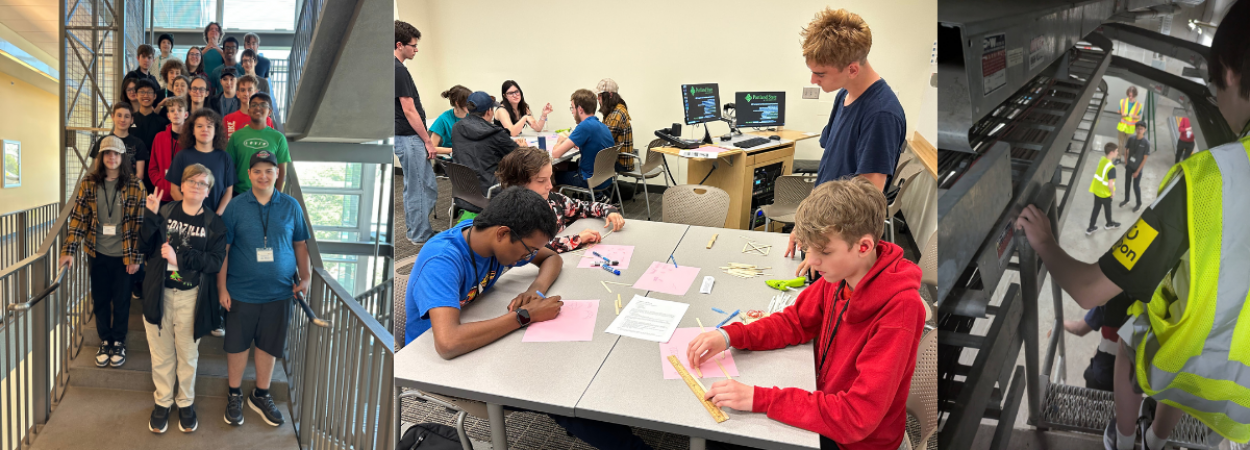
The 2025 Transportation Summer Camp for high school students at Portland State University (PSU) recently concluded, and was featured in an article by Oregon Public Broadcasting's Tiffany Camhi: Bikes, buses and bridges: Teens explore transit at Portland State camp.
Held from August 3rd to August 8th, 2025, the residential camp offered 24 Oregon students a deep dive into the world of transportation. The program, hosted by PSU’s Transportation Research and Education Center (TREC) since 2016, is free for students and funded by the Federal Highway Administration (FHWA) and the Oregon Department of Transportation (ODOT).
The primary goals of the camp are to introduce students to diverse transportation careers, provide insights on how the transportation system works, and connect them with current transportation professionals and like-minded peers.
"I enjoyed learning about the…
Read More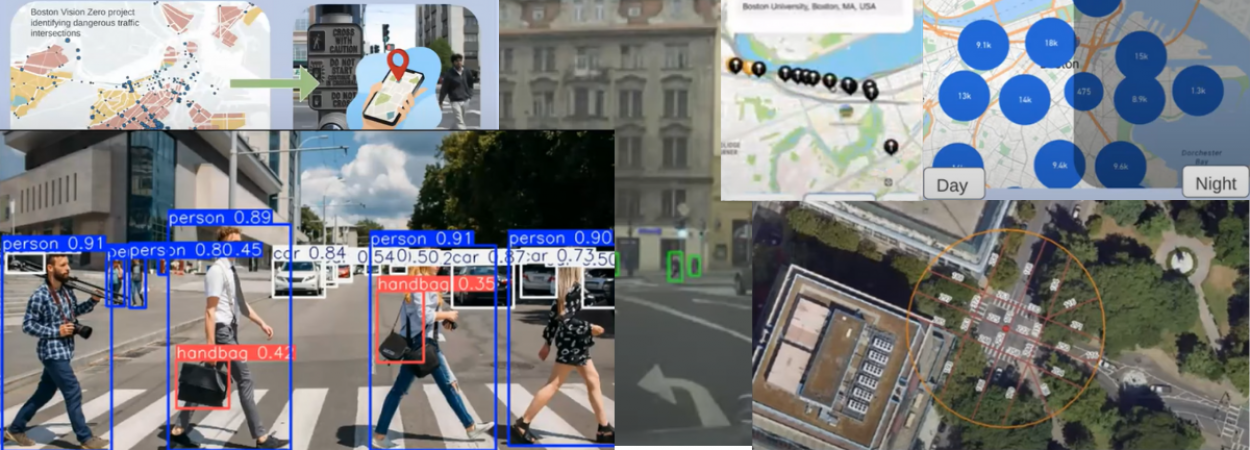
Forty-four students presented original work at the Portland State University (PSU) Summer Research Symposium on August 15, and six of those students chose to focus on transportation topics.
Naomi Cai, River Johnson, Danielle Justo Olivia Wang, Paris Wu, and Rayna Yu all devoted their work during a ten-week research program to solving transportation challenges with the use of advanced computational techniques. Each student was advised by a PSU faculty member.
The National Science Foundation (NSF)-funded Research for Undergraduates (REU) and altREU programs are managed by PSU's Teuscher Lab, a lab focused on next generation computing models and architectures led by professor Christof Teuscher of the Maseeh College of Engineering and Computer Science. The programs are designed for curious, motivated students from any university who are interested in designing, programming, and using compu…
Read More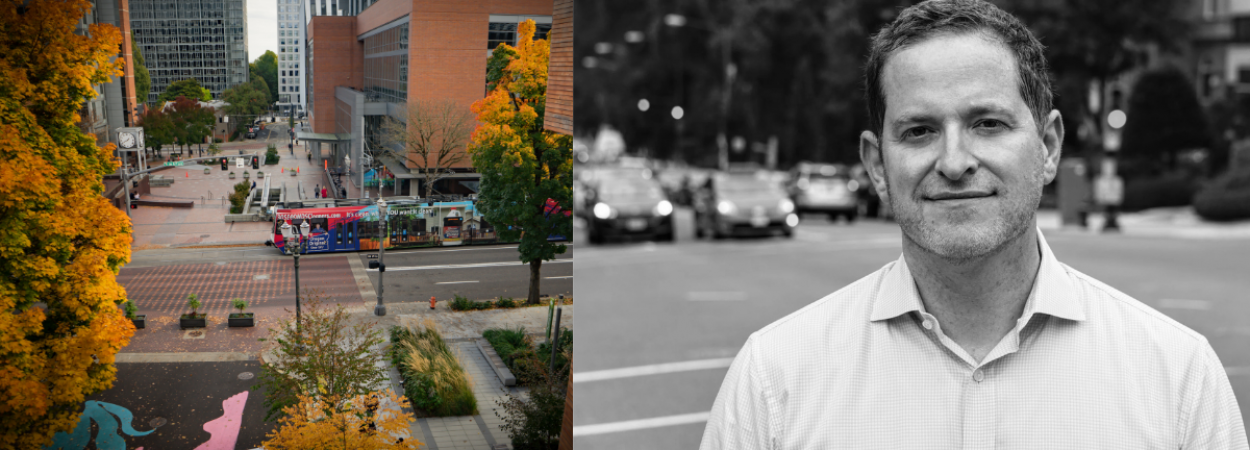
The Pacific Northwest Transportation Consortium (PacTrans) and the Transportation Research and Education Center (TREC) at Portland State University are thrilled to welcome David Zipper as keynote speaker for the 11th Annual PacTrans Transportation Conference, taking place this fall on the PSU campus in Portland.
Zipper is a Senior Fellow at the MIT Mobility Initiative and a nationally recognized voice on the intersections of transportation policy, technology, and society. A contributing writer for Vox and Bloomberg CityLab, his work has shed light on critical topics including road safety, oversized vehicles, climate change, and strategies to strengthen transit ridership. His insights draw from extensive experience in city government, venture capital, and startup advising—bringing a unique, prag…
Read More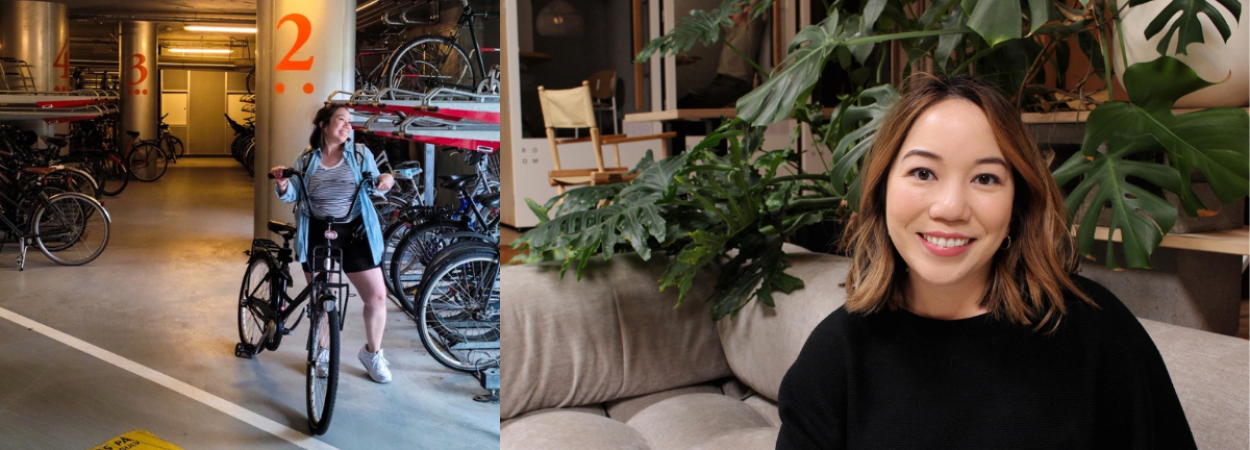
Jamie Arnau graduated from Portland State University (PSU) in 2023 with a Master of Urban and Regional Planning (MURP) degree and an Urban Design Graduate Certificate. While at PSU, she received a National Institute for Transportation and Communities scholarship and attended the annual meeting of the Transportation Research Board (where she scored a selfie with then-Secretary of Transportation Pete Buttigieg!) She is now an Integrated Mobility Consultant at Mobycon.
Connect with Jamie on LinkedIn
I’m an Integrated Mobility Consultant at Mobycon, a Dutch consulting firm with offices in the Netherlands, Canada, Germany, New Zealand, and the U.S. (with our U.S. offic…
Read More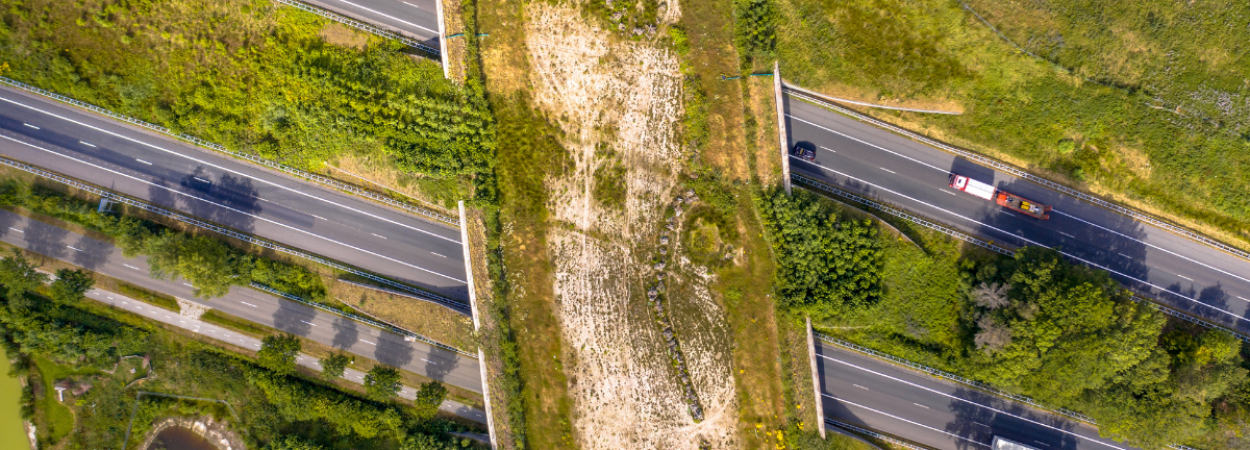
Wildlife everywhere faces a growing challenge: moving safely across an increasingly fragmented landscape. Roads, urban development, and other human-made barriers can make it harder for animals to access food, shelter, and breeding areas, while also increasing the risk of wildlife-vehicle collisions. To address this issue, researchers at Portland State University (PSU) worked on a groundbreaking effort to understand and protect the travel patterns of Oregon’s wildlife.
The Oregon Connectivity Assessment and Mapping Project (OCAMP) was a multi-year collaboration aimed at mapping wild species' habitats and travel corridors across the state. The research team created an interactive Priority Wildlife Connectivity Areas Map of Oregon,…
Read More